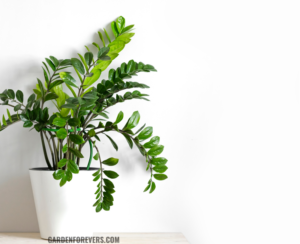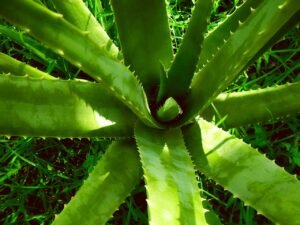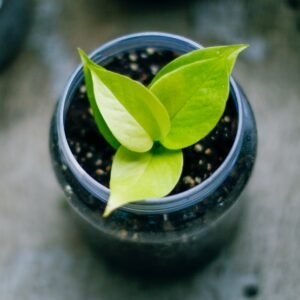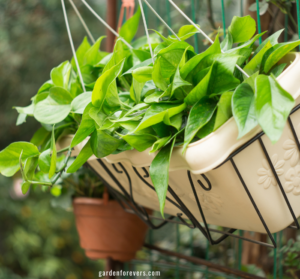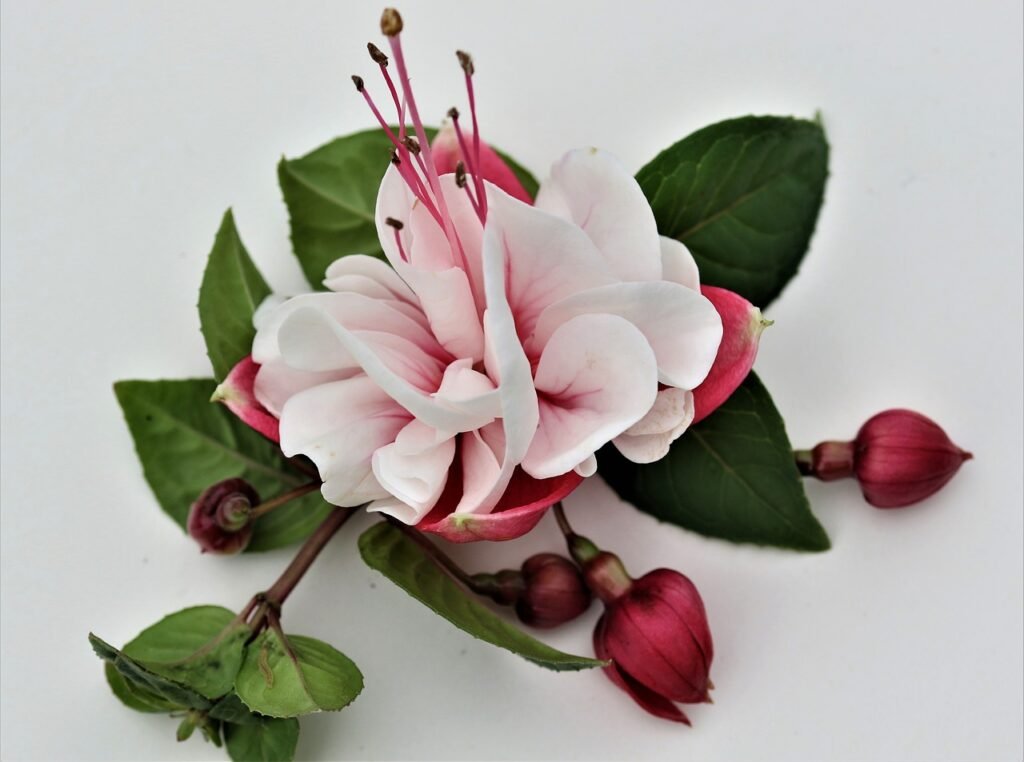How to grow and care for alocasia wentii
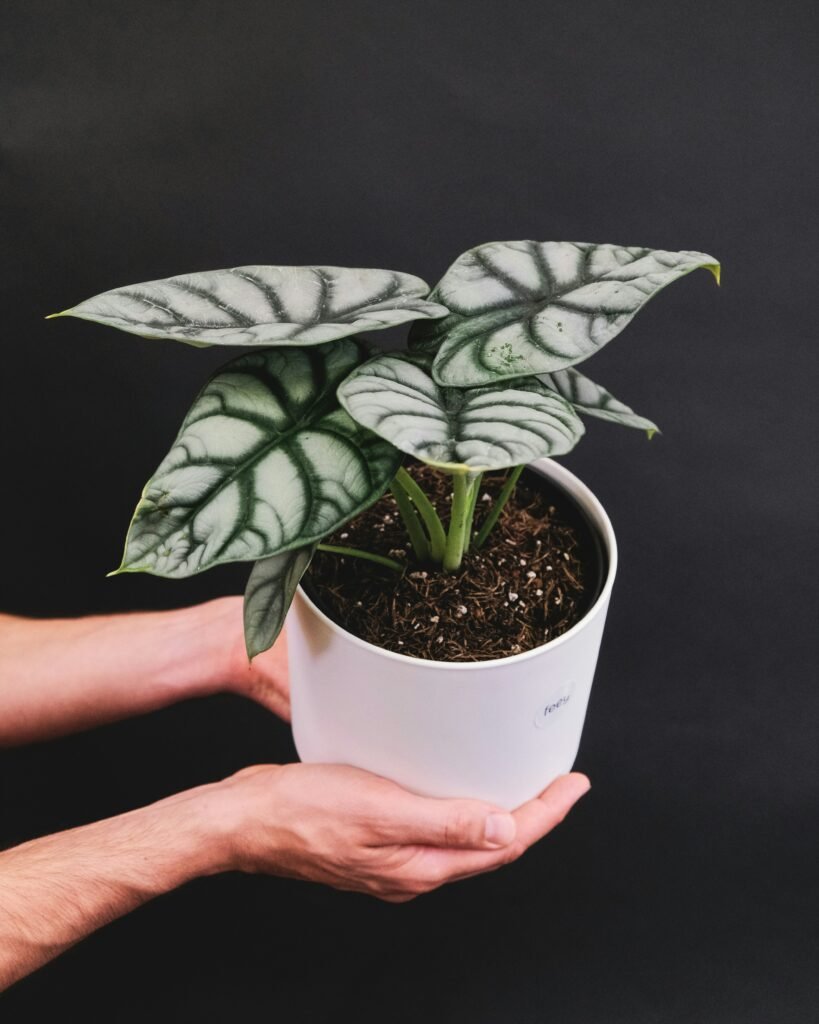
Quick Facts about Alocasia Wentii
- Botanical Name: Alocasia wentii
- Scientific Name: Alocasia wentii
- Height: 2 to 4 feet (0.6 to 1.2 meters)
- Spread: 2 to 3 feet (0.6 to 0.9 meters)
- Sun Exposure: Bright, indirect light; partial shade outdoors
- Soil Requirements: Well-draining, rich, slightly acidic to neutral soil (pH 5.5-7.0)
- Hardiness Zones: USDA zones 9b to 11
- Where It’s Planted: Commonly found in garden centers, nurseries, and online plant stores; often planted in tropical and subtropical gardens.
- When to Plant: Spring or early summer
Alocasia Wentii, often referred to as the Hardy Elephant Ear. It is a stunning and exotic plant that has become increasingly popular among plant enthusiasts. Alocasia Wentii is not just a plant, it’s the showstopper with its large, deep green leaves and unique coloration. Taking care of this plant is relatively easy, making it an excellent choice for both novice and experienced gardeners.
This article will guide you through everything you need to know about growing and caring for an Alocasia Wentii, whether you are cultivating it indoors or outdoors. We will cover aspects such as light, soil, temperature, humidity, pruning, potting, repotting, propagation, common problems, pests and diseases, and specific care tips after blooming.
Types of Alocasia Wentii
Before delving into the care specifics, it’s important to know that there are different varieties of Alocasia Wentii. The most common is the standard green-leaved variety, but there is also the Alocasia Wentii Variegated, which features beautiful white or cream variegation on its leaves. Both types share similar care requirements, though the variegated variety may need slightly more attention due to its delicate leaves.
Light Requirements for Alocasia Wentii
Indoor Light Requirements
When growing an Alocasia Wentii indoors, providing the right amount of light is crucial. This plant thrives in bright, indirect light. Direct sunlight can scorch the leaves, especially for the Alocasia Wentii Variegated, which is more sensitive to light. Place your plant near an east or north-facing window, where it can receive filtered sunlight. If your home lacks sufficient natural light, consider using grow lights to supplement.
Outdoor Light Requirements
For outdoor growth, Alocasia Wentii prefers partial shade. It can tolerate early morning sun, but it’s essential to protect it from the intense afternoon rays. If you’re planting it in your garden, choose a spot that receives dappled sunlight or is shaded by taller plants. Alocasia Wentii thrives best in an environment where it gets the light it needs without being exposed to harsh direct sunlight.
Soil Requirements for Alocasia Wentii
Alocasia Wentii prefers well-draining soil that retains moisture but does not become waterlogged. A mix of peat, perlite, and potting soil is ideal. The peat helps retain moisture, while the perlite ensures proper drainage. You can also add some orchid bark to the mix for better aeration. The soil should be slightly acidic to neutral, with a pH between 5.5 and 7.0.
Potting and Repotting Alocasia Wentii
When potting your Alocasia Wentii, choose a container with drainage holes to prevent water from accumulating at the bottom. This plant prefers to be slightly root-bound, so avoid using an overly large pot. However, when the roots begin to outgrow the pot, typically every 1-2 years, it’s time to repot. Choose a pot that is one size larger than the current one and refresh the soil to ensure your plant continues to thrive.
Watering Needs for Alocasia Wentii
Watering is one of the most critical aspects of caring for an Alocasia Wentii. These plants prefer consistently moist soil, but they do not tolerate waterlogged conditions. Overwatering can lead to root rot, which is a common issue with Alocasia species.
Indoor Watering
For indoor Alocasia Wentii, water the plant when the top inch of the soil feels dry to the touch. It’s essential to use room temperature water, as cold water can shock the roots. During the growing season (spring and summer), you may need to water more frequently, while in the dormant season (fall and winter), reduce watering.
Outdoor Watering
When growing Alocasia Wentii outdoors, the watering frequency will depend on the climate. In warm and humid environments, the plant may require less frequent watering. However, in dry and hot conditions, you may need to water it more often. Always check the soil moisture before watering to avoid overwatering.
Temperature and Humidity Requirements of Alocasia Wentii
Alocasia Wentii thrives in warm, humid conditions, which mimic its natural tropical habitat.
Best Temperature for Alocasia Wentii:
The ideal temperature range for Alocasia Wentii is between 60°F to 80°F (16°C to 27°C). It does not tolerate cold temperatures well, and prolonged exposure to temperatures below 50°F (10°C) can cause damage to the plant. If you are growing your Alocasia Wentii outdoors in a cooler climate, it’s advisable to bring it indoors during the winter months.
Humidity Requirements: Caring For An Alocasia Wentii
High humidity is crucial for the well-being of an Alocasia Wentii. Aim for a humidity level of at least 60%. If you’re growing the plant indoors, especially in dry climates, consider using a humidifier or placing the plant on a pebble tray filled with water to increase the humidity around it. Misting the leaves can also help, but be careful not to overdo it, as this can lead to fungal issues.
Pruning Alocasia Wentii
Pruning is essential to maintain the shape and health of your Alocasia Wentii. Regularly remove any yellow or damaged leaves to prevent the plant from wasting energy on them. Use a clean, sharp pair of scissors or pruning shears to make clean cuts close to the base of the stem. Pruning also helps improve air circulation around the plant, reducing the risk of fungal infections.
Alocasia Wentii Propagation
Propagating Alocasia Wentii is relatively straightforward and is usually done through a division method. The best time for Alocasia Wentii propagation is during the repotting process.
Carefully remove the plant from its pot and gently separate the rhizomes (the underground stems) using your hands. Each division should have at least one healthy root and a couple of leaves. Plant each division in its pot with fresh soil, and water thoroughly.
Care After Alocasia Wentii Propagation
Here are some tips to taking care of Alocasia Wentii after propagation:
After propagating, place the new plants in a warm, humid environment with bright, indirect light.
Keep the soil consistently moist but not soggy.
It may take a few weeks for the new plants to establish themselves and start showing new growth.
Related
Common Problems, Pests, and Diseases
Despite its relatively easy care requirements, Alocasia Wentii can encounter a few problems. Understanding these issues and knowing how to address them is key to keeping your plant healthy.
Yellowing Leaves
Yellowing leaves are a common issue with Alocasia Wentii and can be caused by several factors, including overwatering, underwatering, or insufficient light. To remedy this, check your plant’s care routine and adjust as needed.
Root Rot
Root rot is a severe issue that often results from overwatering. Symptoms include wilting leaves, a foul smell from the soil, and black or mushy roots. If you suspect root rot, remove the plant from its pot, cut away the affected roots, and repot in fresh, well-draining soil.
Pests Problem in Alocasia Wentii
Alocasia Wentii is susceptible to common houseplant pests such as spider mites, aphids, and mealybugs. Regularly inspect your plant for signs of pests, such as webbing, tiny insects, or sticky residue on the leaves. If you notice an infestation, treat the plant with insecticidal soap or neem oil.
Diseases of Alocasia Wentii
Fungal infections can occur if the plant is kept in overly humid conditions without proper air circulation. Signs of fungal issues include spots on the leaves and a general decline in the plant’s health. To prevent this, ensure good air circulation around the plant and avoid misting the leaves too frequently.
Caring for Alocasia Wentii After Blooming
While Alocasia Wentii is not primarily grown for its flowers, it can occasionally produce small, insignificant blooms. After blooming, the plant may enter a dormant phase, especially during the colder months. During this time, reduce watering and stop fertilizing. The plant will require less care until it resumes active growth in the spring.
Is Alocasia Wentii Pet Safe?
One important consideration for pet owners is whether Alocasia Wentii is safe for pets. Unfortunately, all parts of the Alocasia Wentii plant are toxic if ingested by pets, including cats and dogs. The plant contains calcium oxalate crystals, which can cause irritation, vomiting, and other symptoms if ingested. If you have pets, it’s best to keep the plant out of their reach or consider placing it in a room where your pets do not have access.
Alocasia Wentii is a captivating plant that can be a beautiful addition to any home or garden. Whether you’re growing it indoors or outdoors, the key to a healthy and vibrant plant is consistent care and attention to its needs.
With proper watering, pruning, and pest management, your Alocasia Wentii will reward you with lush, green foliage and a touch of tropical elegance in your space. Remember, while it may require a bit more attention than some other houseplants, the effort is well worth the stunning results.
FAQs:
Is Alocasia Wentii an indoor plant?
Answer: Alocasia Wentii can grow both indoors and outdoors. But you have to know the right requirements.
What is the best fertilizer for Alocasia Wentii?
Answer: A balanced water soluble fertilizer is the best for the Alocasia Wentii plant.
How can I make my Alocasia Wentii grow faster?
Answer: Warm to hot temperatures and perfect air circulation help to grow Alocasia exponentially faster.

